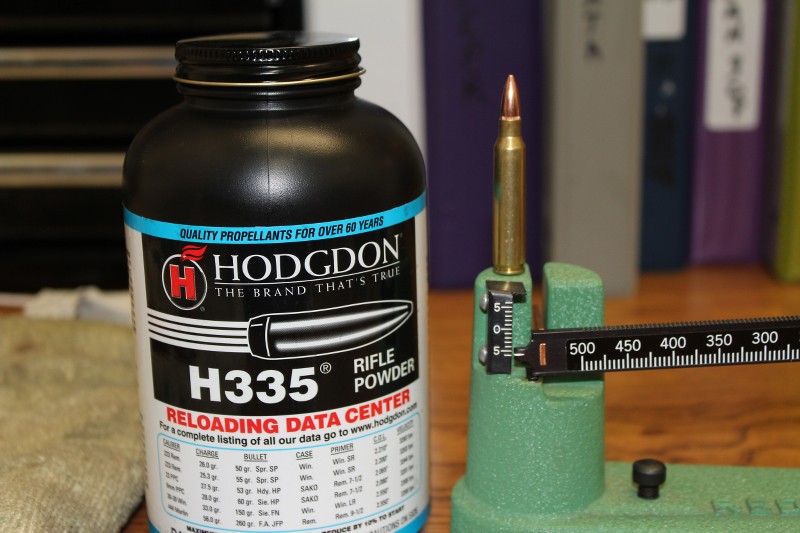So yesterday, I loaded 125 9mm loads, which were all developmental loads, and 175 loads of 6.5 creedmoor, 100 of which were developmental. After I finished, I set my scale to zero(rcbs 5-0-5) something I apparently don't do often enough... And the scale was sitting about 2 grains heavy! With the needle floating above the zero mark(making charges being light, correct?)! It was very close to being resting at the top of the frame for the needle.
I should have invested in a kinetic puller earlier... Time to hammer away on my bench...
I should have invested in a kinetic puller earlier... Time to hammer away on my bench...

